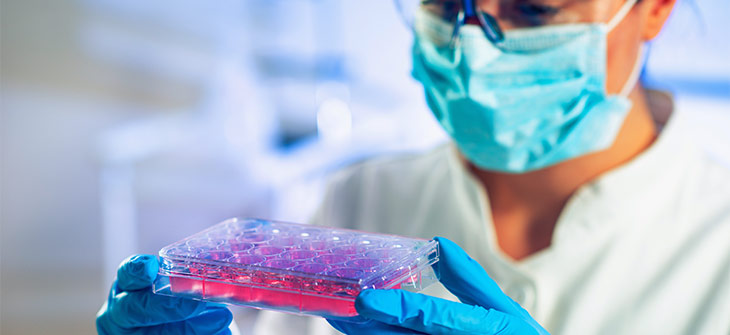The World’s First Living Robots Are Here
Scientists have developed the first living robots in the world using stem cells from frogs. Though they come from frogs, the robots do not have any resemblance to any known amphibians. These robots are called Xenobots, which are the first of a kind. They were named after the African clawed frog (Xenopus laevis).

The robots are very tiny
They are not more than a millimeter wide making them small enough to travel inside human bodies. Xenobots are made up of living tissues that were assembled by scientists into bodies designed by computer models. They can move independently; they can swim, survive for weeks without food, and work together in groups.
Stem Cells
Stem cells are cells which are not categorized that have the capability to develop into different cell types. The researchers scraped living stem cells from frog embryos and left them to gestate. The cells were then cut and reshaped into specific “body forms” that were designed by a supercomputer.
Skin cells bonded to form structure, while the pulsing heart muscle cells allowed the robot to move on its own. These xenobots have the power to heal by themselves. When the scientists sliced into one robot, it healed by itself and kept moving.

Xenobots
Xenobots don’t look like traditional robots. They do not have shiny gears or robotic arms. They look more like a tiny blob of moving pink flesh. Researchers say this “biological machine” can achieve things that cannot be performed by steel and plastic robots.
In a research published in the Proceedings of the National Academy of Sciences, researchers say that traditional robots degrade and produce harmful ecological and health side effects. They say xenobots are friendly to the environment, and they are also safe for human health.
Xenobots are also very useful compared to traditional robots.
They can be used to collect microplastics in the oceans. They could be used to clean up radioactive waste, carry medicine inside the human bodies, or scrape plaque from the arteries. They are suitable for internal drug delivery because they can survive for days in aqueous environments. Apart from these tasks, they could also help researchers to learn more about cell biology. This will help in future advancement in human health. It would even be possible to reprogram tumors into healthy tissue and also repair congenital disabilities.
These organisms come pre-loaded with their own source of food of proteins and lipids. This allows them to live for more than a week, although they cannot evolve nor reproduce. If exposed to environments that are rich in nutrients, their lifespan can increase to several weeks.
Although the supercomputer, which is a powerful piece of Artificial Intelligence, plays a significant role in creating these robots, it is unlikely that Artificial Intelligence could have any bad intentions. However, it incites fears of having new forms that may one day be a threat to humanity.
The process may be uncontrollable if it lands into the hands of less scrupulous individuals and groups. Michael Levin, who is the director of the Center for Regenerative and Developmental Biology at Tufts, says that “when we start to mess around with complex systems that we don’t understand, we are going to get unintended consequences.”
































































































